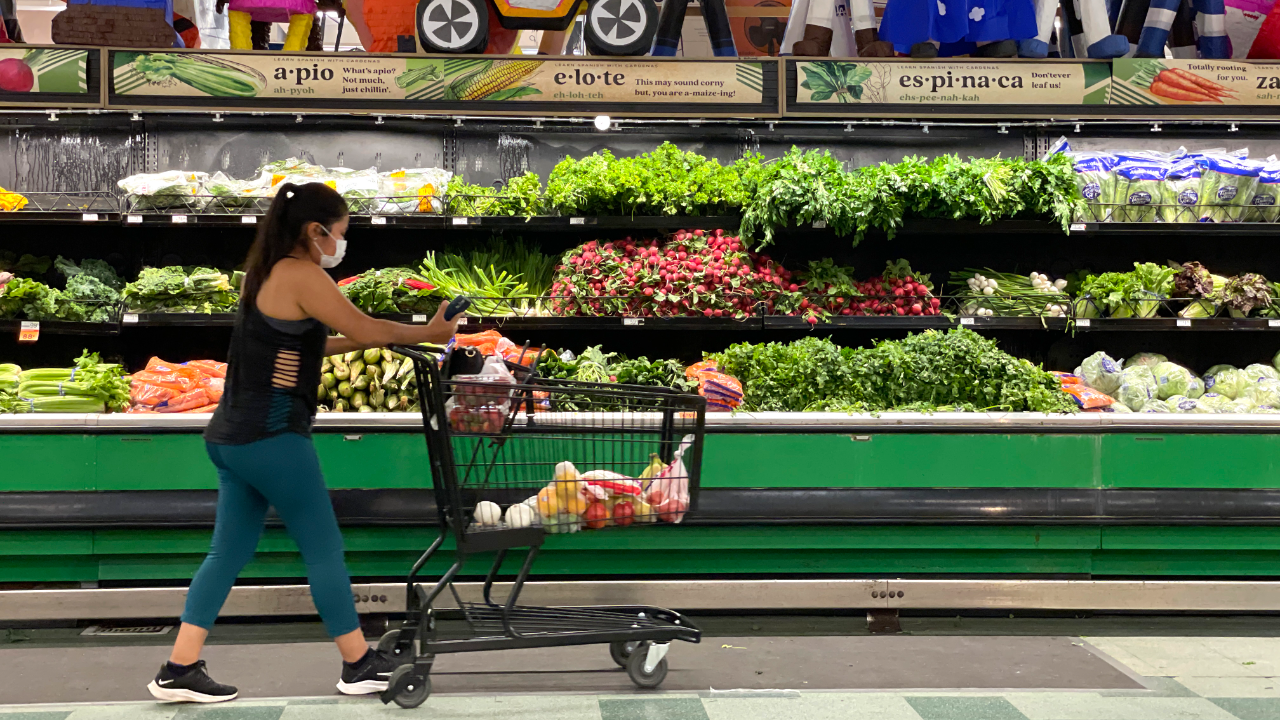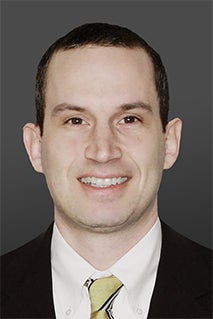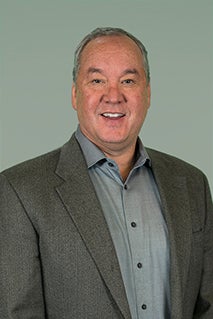Survey: Has inflation peaked? Here’s what the nation’s top economists say

Consumers haven’t been able to catch a break from decades-high inflation, and a new Bankrate poll casts doubt on Americans feeling relief from those price pressures anytime soon.
Just 18 percent of economists in Bankrate’s Second-Quarter Economic Indicator poll said they anticipate inflation to be less than expected this year, the smallest share of respondents. The largest cluster (41 percent) foresee inflation coming in as expected, while almost a third (29 percent) see inflation heating up faster. Two respondents (reflecting 12 percent) didn’t provide a forecast.
That prediction is even amid expectations that the Fed will raise interest rates to 3.25-3.5 percent by the end of the year, reflecting the fastest pace of tightening in a single year since the 1980s.
“Americans have been through a lot over the past couple of years including the pandemic, a brief but sharp recession and soaring inflation,” says Mark Hamrick, Bankrate senior economic analyst and Washington bureau chief. “Another economic downturn remains a risk. All of this is a call to action for individuals and households to pay down or pay off debt with credit cards at the top of the list, and to prioritize saving money in this rising interest rate environment.”
Forecasts and analysis:
- There’s a 52% chance of an upcoming recession, top economists say
- Experts see higher unemployment and job growth slowdown as recession risks rise
- Has inflation peaked? Here’s what the nation’s top economists say
Why high inflation is lingering for longer
Fed officials are hoping higher interest rates will cool today’s rampant price pressures, but the ultimate risk is that it might not get the job done — primarily because today’s massive price pressures reflect supply chain disruptions that the Fed has no ability to control.
One of those corners is food. While overall inflation rose at an 8.6 percent pace from a year ago, grocery prices eclipsed that, rising 11.9 percent over the same period, according to the Bureau of Labor Statistics.
Part of what’s impacting food inflation are astronomical price gains in energy. Gasoline is up nearly 50 percent from a year ago, while energy more broadly jumped 34.6 percent, the biggest jump since 2005. Energy inflation easily spreads to the cost of food because almost all industries require it for shipping, manufacturing and production. Businesses often have no choice but to pass those prices onto consumers.
But energy inflation can also be traced back to exogenous shocks impacting the economy, from the coronavirus pandemic to the war in Ukraine. Even before Russia invaded Ukraine on Feb. 24, the price of a barrel of oil had risen 78 percent from Jan. 31, 2020. Oil producers simply didn’t have enough supply to match demand as the economy reopened from outbreak-induced lockdowns.
“Some 80 percent of the forces driving inflation higher stem from shocks outside the U.S.,” says Bernard Baumohl, chief global economist at The Economic Outlook Group. “If the war in Ukraine rages on and China’s economy comes back online, demand for commodities will continue to outpace supplies.”
Meanwhile, inflation is starting to spread to different corners of the financial system. Rent rose 5.2 percent from a year ago, the sharpest jump since February 1987. That type of inflation can be even stickier because consumers are resigned to paying it for months at a time, depending on the length of their lease. Housing prices often spread to wage increases as consumers look to offset their added expenses.
Even the relief Americans can expect this year might be for more bad reasons than good ones. The U.S. economy is expected to slow from its rapid pace in 2022 thanks to waning fiscal stimulus and higher interest rates, which could take some steam out of the system. Yet, economists in Bankrate’s poll also put the chance of a recession over the next 12 to 18 months at 52 percent, underscoring the importance of keeping cash on the sidelines in an emergency fund, even in a high inflationary environment.
“Rates are headed sharply higher, ultimately becoming restrictive. Such a move will likely lead to a recession,” says Robert Hughes, senior research faculty at the American Institute for Economic Research. “A significant economic slowdown or recession will reduce demand, lessening upward pressure on prices.”
Hear from the experts

Easing supply chain stress should help take some inflation moderate. The key is energy prices, which are forecast to peak soon and then begin to decline. If energy prices don’t retreat, high inflation will stick around for even longer.— Ryan Sweet, Senior Director of Economic Research, Moody's Analytics

The Fed is just one player in a complex inflation equation, so we shouldn’t just look to Fed actions to understand the path of inflation, especially today when so much inflation is in grain and energy prices, which are set globally. One danger is that the Fed will raise rates so high that it guarantees a U.S. recession, while having little effect on inflation factors outside its control. That would lead to stagflation, the worst-case scenario. The best-case scenario is much of inflation resolves on its own, such as volatile food and energy prices dropping, so the Fed won’t have to raise rates too high, and the expansion continues with steady consumer spending and — most importantly for millions of Americans — healthy job growth.— Robert Frick, Corporate Economist, Navy Federal Credit Union

We still think that much of the lift to prices over the past two years has been transitory, and those prices will fall back to trend as supply chain bottlenecks subside with slower aggregate demand growth. The question is what will have happened to inflation expectations once prices for things like cars and building supplies go back to “normal.”— Mike Englund, Chief Economist, Action Economics
Methodology
The Second-Quarter 2022 Bankrate Economic Indicator Survey of economists was conducted June 20-27. Survey requests were emailed to economists nationwide, and responses were submitted voluntarily online. Responding were: Ryan Sweet, senior director of economic research, Moody’s Analytics; Yelena Maleyev, economist, Grant Thornton LLP; Odeta Kushi, deputy chief economist, First American Financial Corporation; Lawrence Yun, chief economist, National Association of Realtors; Robert Hughes, senior research faculty, American Institute for Economic Research; Joseph Mayans, director of U.S. economics, Experian; Mike Fratantoni, chief economist, Mortgage Bankers Association; Bernard Baumohl, chief global economist, The Economic Outlook Group; Scott Anderson, executive vice president and chief economist, Bank of the West; Bernard Markstein, president and chief economist, Markstein Advisors; Mike Englund, chief economist, Action Economics; John E. Silvia, founder and president, Dynamic Economic Strategies; Bill Dunkelberg, chief economist, National Federation of Independent Business; Tenpao Lee, professor of economics, Niagara University; Robert Frick, corporate economist, Navy Federal Credit Union; Gus Faucher, chief economist, PNC Financial Services Group; and Peter Morici, economist and professor of business, University of Maryland.
You may also like

Survey: Odds of a recession by September 2024 fall to 46%

Survey: Higher inflation could persist through at least 2024




